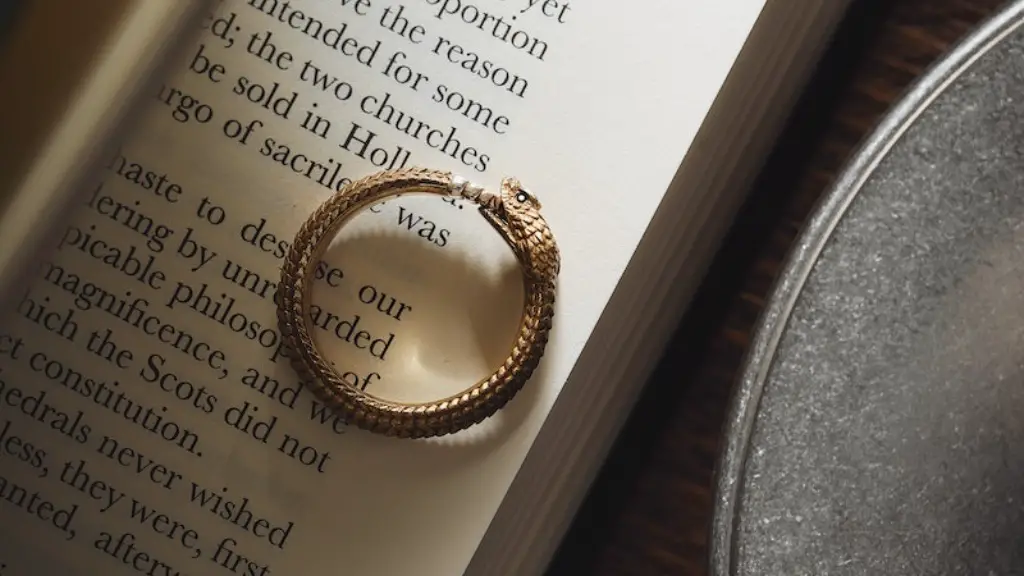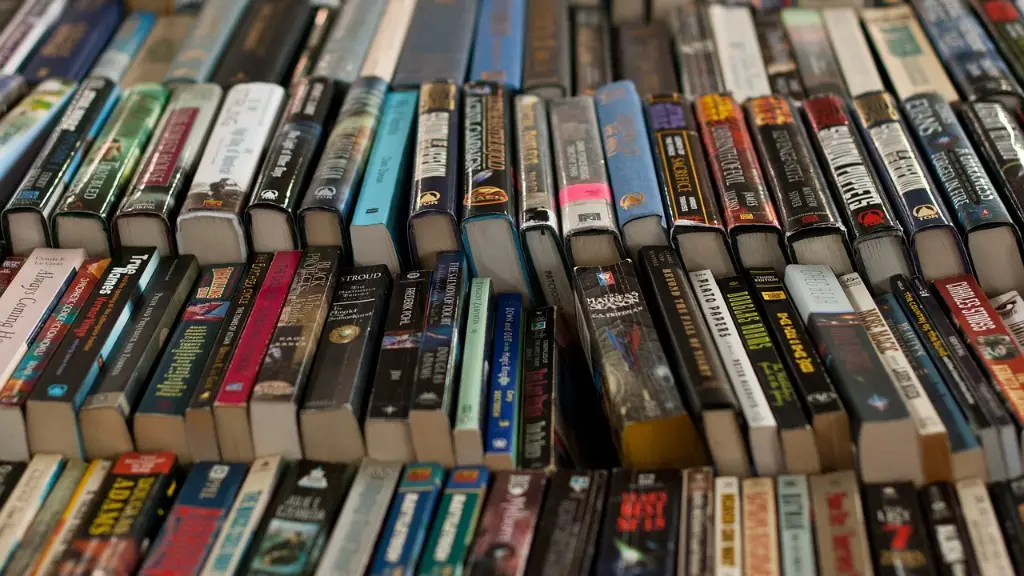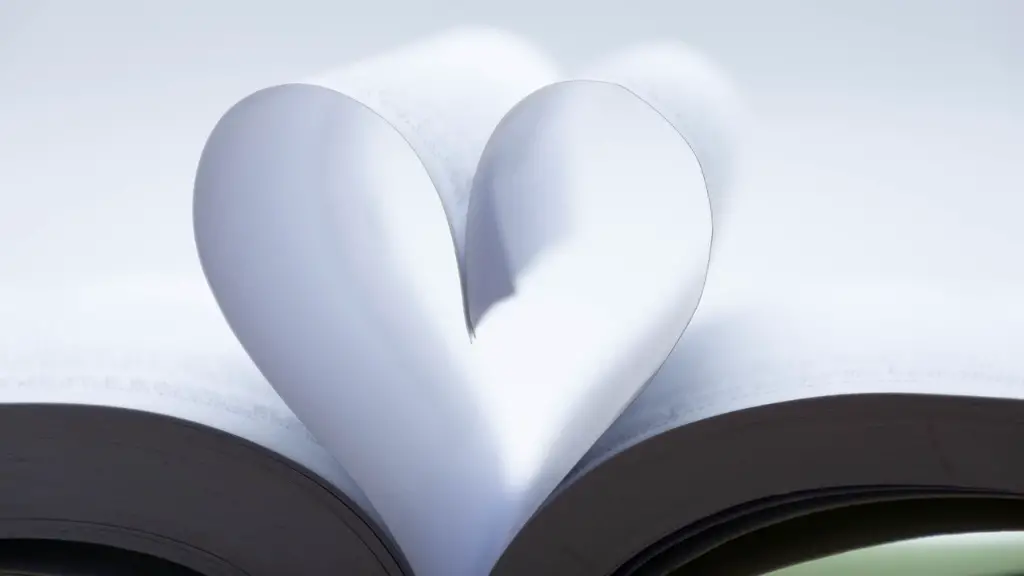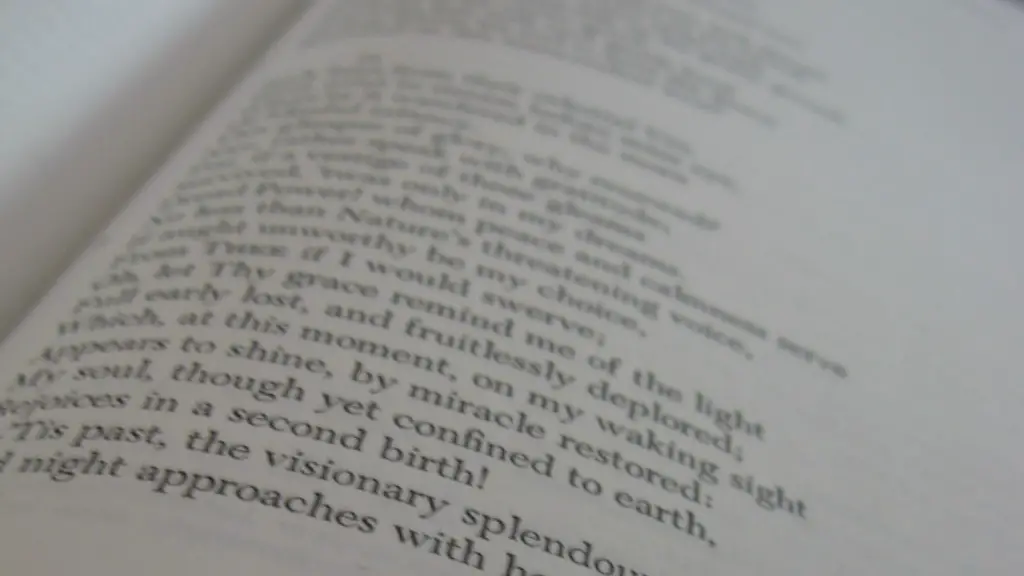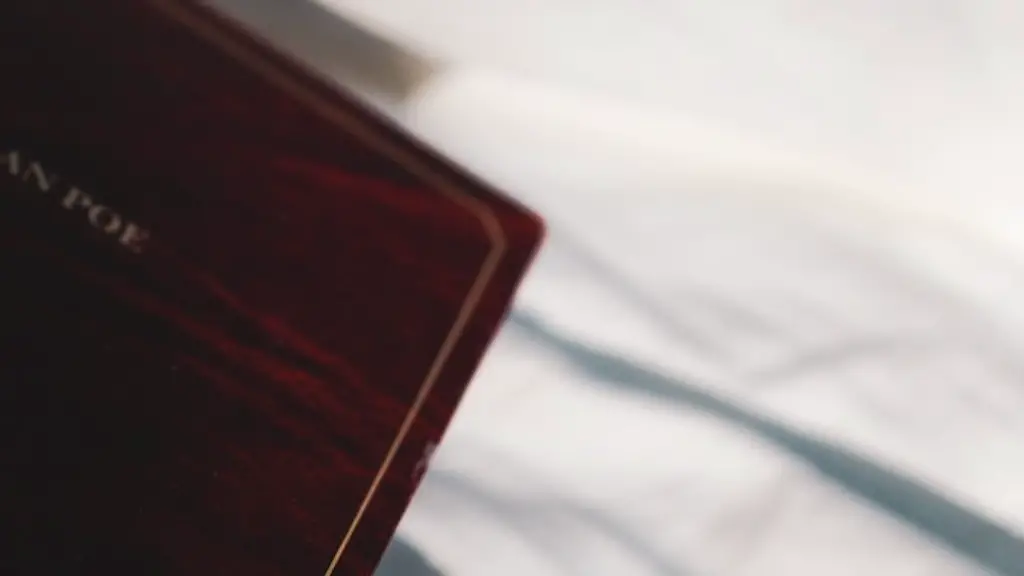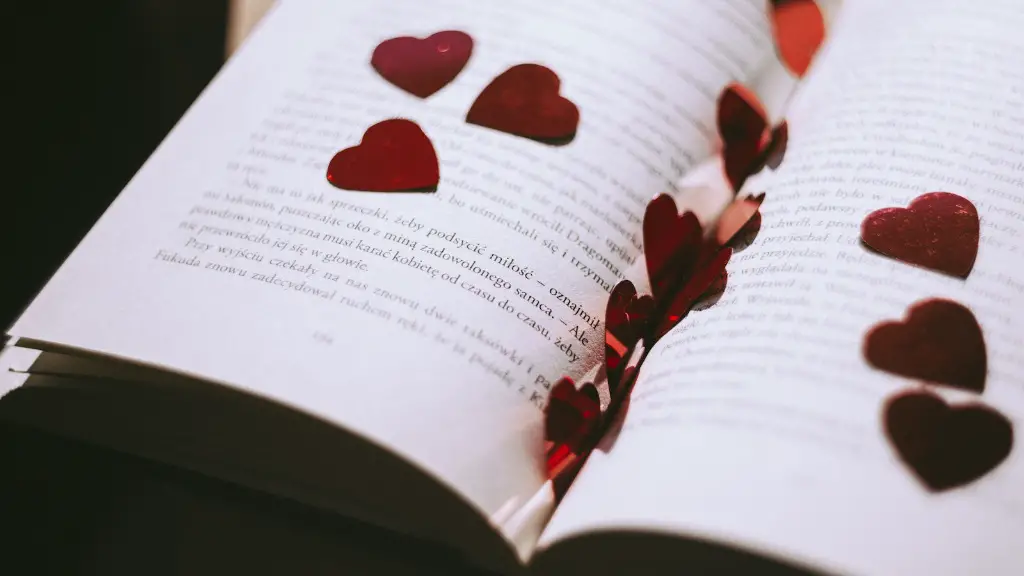Poetry has been lauded as one of the greatest works of art—and rightfully so. The art of creating something so beautiful and captivating has been an endeavor that many people have sought to master, yet remain baffled by. To truly understand poetry’s rich history and immense contribution to the English language, one must explore what it truly is and how it can affect its readers.
For starters, poetry is a type of literary device, but one with its own unique set of characteristics. According to literary scholars, poetry primarily consists of rhyming stanzas, frequently written in a lyrical or epic fashion. It is often characterized by a strong emotion or abstract concept that the writer is attempting to convey. For example, classic poets like William Wordsworth used poetry to explore nature, love, and other topics of human experience. Writing poetry can be a very powerful form of self-expression and catharsis, as it allows its creators to convey their unique perspectives and evoke powerful emotions in its readers.
Indeed, the beauty of poetry lies in its succinct yet evocative use of language. Most poems feature terms and phrases that are loaded with connotations and symbolism. For example, the classic poem “The Rime of the Ancient Mariner” by Samuel Taylor Coleridge features a story filled with imagery and a deep message about the consequences of human behavior. By using words and phrases that have a strong connotation in the language, the poet is able to effectively craft an expressive poem that’s filled with nuance and meaning.
Another important characteristic of poetry is its use of figurative language. According to linguists, poets frequently employ metaphors and similes in order to convey ideas that they may not be able to describe in more literal terms. For example, in the classic poem “The Road Not Taken” by Robert Frost, the speaker employs figurative language to create the sense of a journey with personal significance. By synthesizing the literal and figurative aspects of language, the poet is able to create a deeper, more meaningful poem that resonates with readers.
At the end of the day, poetry is an incredibly versatile and powerful form of artistic expression. Using a combination of language, imagery, and figurative language, poets have been able to craft works of art that engage readers in a unique and profound way. Whether it’s a lyrical love poem or an epic narrative about a journey, poetry’s ability to evoke strong emotions and its subtle use of symbolism create a remarkable impact that lasts long after a poem has been read.
Metrical Forms
Poetry is also distinguished by its use of metrical forms or metres. According to scholars, all verses of metrical poetry consist of syllables that are grouped into a certain pattern or metre. The metre is determined by the amount of syllables per line as well as the stress placed on certain syllables. For example, in English iambic pentameter, each line contains five feet or sets of two syllables, with the first syllable being unstressed and the second being stressed. By adhering to this type of metre, poets can effectively communicate a desired mood or emotion to their readers.
Additionally, metre is often used to create a rhyming scheme that gives a poem a feeling of unity and coherence. By repeating certain words or sounds at the end of lines, a poet can effectively draw attention to a key phrase or image. This type of rhyme also adds an element of musicality to the poem that engages readers in a unique way. Thus, the use of metres can be an effective way for a poet to craft a dynamic and powerful poem.
Types of Poetry: Not all poetry follows a specific metre. While some poets may prefer to adhere to the traditional rules of metre and rhyme, others may choose to write in free verse. Free verse poetry is, as its name suggests, poetry made without any rhyme or metre. Poets who use this type of poetry avoid traditionally structured stanzas and instead craft words and phrases that best convey their desired meaning. By eliminating structure and rules, this type of poetry allows its writers to express their ideas freely and create something entirely unique and innovative.
In addition to the various types of language and structure that poets may employ, poetic forms underline and define their definition of art. Different poetic forms such as the sonnet, haiku, and sestina all have their own recognizable metrics, verbal tones, and purposes for written literature. As the definition of art is ever-changing, so are the styles of poetic expression and the rules of its composition. From the complexity of epic and narrative poems to the simplicity of free verse, it’s clear that poetry has evolved as an art form over centuries.
Tools of expression
Poetry is an art form that depends on a poet’s individual voice and expression. As such, the tools they use to express themselves—or tools of expression—are incredibly important. While many poets use words as their primary tools of expression, there are numerous other ways that poetic devices are used to evoke emotion and create understanding. For instance, symbolism is often employed to convey a deeper message than what can be expressed through literal language. Similarly, sensory imagery is used to craft vivid poems that paint a picture for readers and evoke powerful feelings.
In addition to words, poets may also use figures of speech, such as similes and metaphors, to craft powerful poems that communicate a deeper meaning beneath the surface. By comparing two dissimilar objects or concepts, a poet is able to craft an effective poem that resonates with the reader. Additionally, poets can use onomatopoeia to effectively describe certain scenes or emotions. For example, the classic poem “The Road Not Taken” by Robert Frost makes effective use of onomatopoeia to describe the crunch of leaves and the sound of a bell ringing in the distance. Thus, poets can use a multitude of tools to effectively express themselves and create powerful works of art.
Influence on other genres/styles
The influence of poetry stretches far beyond just its own genre. According to scholars, the influence of poetry is present in various other forms of literature and art, such as the short story, novel, song, and film. For example, the style of novella authors like Gabriel García Márquez often features the use of lyrical prose, similar to that of poetry. Similarly, songwriters often use poetic literary devices to make their lyrics more impactful and engaging.
The use of poetry can also be seen in the form of film. The structure of certain scenes in films, such as fight sequences and romances, often mimic the same style of poetic devices. By exploring a certain topic or story through a poetic lens, filmmakers are able to draw the viewers into a unique and dynamic experience. Thus, the influence of poetry can be seen in various other genres, from literature to music to film.
Interpretation
Interpreting poetry requires a keen eye and an understanding of the unique intricacies of language. According to literary scholars, interpreting a poem requires a deep understanding of the poet’s vision, as well as an understanding of the influences and contexts that the poem is embedded in. By exploring a poem’s language, imagery, and figurative devices, the reader can gain a better understanding of the poem and its meaning.
Furthermore, a poem’s interpretation can evolve depending on the reader’s perspective. Since the poetic form allows so much freedom and flexibility, no two readers will ever interpret a poem in the same exact way. For example, two readers could interpret a love poem in dramatically different ways based on their respective experiences. By understanding the poet’s intent and exploring the poem’s meaning through their own lens, readers can gain insights and perspectives that may have otherwise gone unexplored.
Thus, poetry’s wealth of expression, language, and structure offer an incredible opportunity for its readers to discover hidden depths and messages. By exploring the various aspects of a poem, readers can gain a greater understanding of not just the poem, but also the poet’s unique mindset and vision.
Modern relevance
Today, poetry continues to be an incredibly relevant and powerful form of art. With the advent of social media, poets have been able to reach a wider audience than ever before. Twitter, for example, has become a platform for poets to share their works and engage with readers through debates and public discourse. Additionally, modern poets have made use of other digital platforms such as YouTube and Instagram to share their work and express their perspectives in a more immediate and effective way.
What’s more, modern poets are continuing to innovate and explore new styles and methods of writing. Writers such as Rupi Kaur, Nayyirah Waheed, and Yrsa Daley-Ward have all contributed to the development of new poetic forms and styles that continue to captivate readers across the world. While the form of poetry may be centuries old, it’s clear that this powerful art form continues to be relevant and impactful in the modern world.
Adaptations
Apart from modern poets and other authors exploring the form of poetry, other mediums, such as theatre and film, have also adapted this art form for their respective industries. For example, musicals such as Westside Story, RENT, and Hamilton use a combination of lyrical prose and musical accompaniment to express larger themes and messages.
Similarly, many films have incorporated the poetic aspects of language into their scripts in order to create a more profound impact. For instance, the 1995 film Dead Poets Society displays the power of poetry by exploring how the art form can inspire young students to discover new perspectives and challenge the status quo. The film’s use of poetry and its themes of bullying and conformity illustrate the enduring power of this art form in the world today.
In conclusion, it’s evident that poetry has been, and will continue to be, an incredibly powerful form of art. From its use of artistic devices to its installations in other mediums, poetry has created an incredible impression that is sure to last for generations to come.
